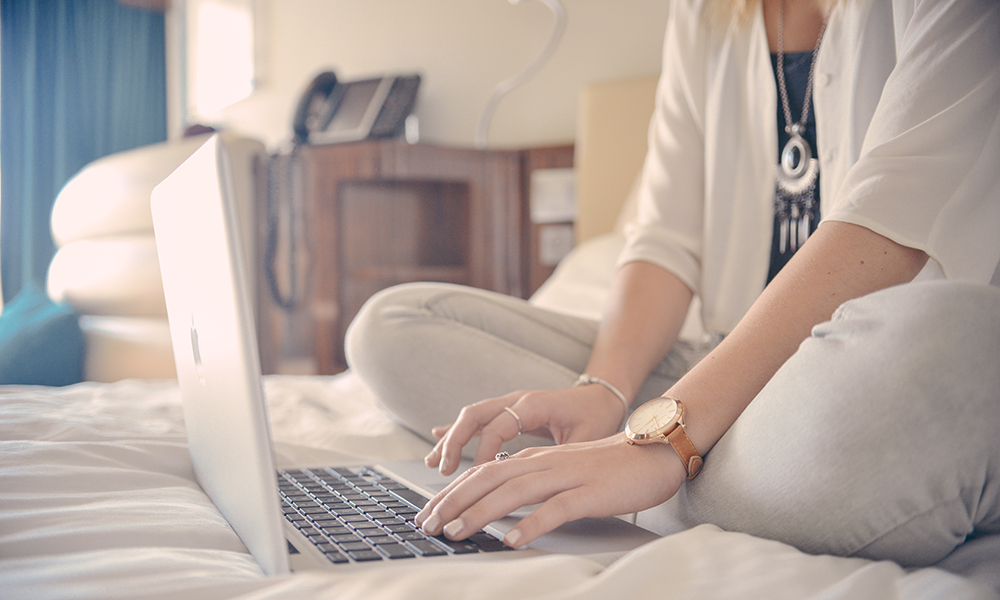3 Email Hacks to Boost Your Productivity and Get Your Inbox Under Control
CNBC, Courtney Connley
August 10, 2017
Email — sending, responding to, and deleting it — can sometimes seem like a full-time job. Office workers now receive an average of more than 100 emails per day and spend 6.3 hours checking both their work and personal messages.
That means that most people are burning almost the entire workweek on inbox maintenance.
Email correspondence isn’t going anywhere, but it doesn’t have to rule your life. Boomerang CEO and email productivity expert Alex Moore spoke with CNBC Make It and shared three tips for keeping email from standing in the way of your productivity:
1. Check emails only after you’ve marked something off your to-do list
Experts have mixed opinions on whether or not you should check your emails first thing in the morning, but Moore says he’s found success by checking his messages only after he’s finished a task on his to-do list.
“Right before I go home [from work] the last thing I do is look at the stuff I need to do and try to organize it by priority,” he says. “I try to make sure as soon as I get to work, I make progress on those at least for an hour before I look at my emails.”
Bestselling author Michelle Gielan argues that reading one bad email in the morning can throw your entire mood off and lead to a bad day. Instead, she suggest taking two minutes to write a positive email to someone in your network before delving into the madness of your inbox.
“Even if you have one good and one bad [email], the bad always seem more powerful,” she says in a recent episode of “The Productivityist Podcast.”
2. Turn off email notifications
According to psychologists, email notifications can easily become a “toxic source of stress,” as they lead individuals to continuously check and read their messages throughout the day due to alerts. That’s why Moore says he’s opted to turn off all of his email notifications to help him set boundaries.
“Those interruptions are damaging to our productivity,” he says, “and research shows that each notification throws us off by 64 seconds, and it takes about 20 minutes to reach productivity again.”
3. Be aggressive with your spam button
Moore says that one easy way to prioritize important emails from the rest is to not be afraid of hitting the spam button so that your email platform is better programmed to know what messages shouldn’t be filling up our inbox.
Although it may be easier for some professionals to quickly hit “delete” rather than actually reporting a message as spam, continuously hitting the trash button can take up more time than you think.
“The user, on average, can delete something they are going to delete in about three and a half seconds,” Moore says. “But if you space that out every time a notification comes in then you can’t be productive.”
Taking more time to identify specific emails as spam now means you can spend less time deleting useless messages in the future.
